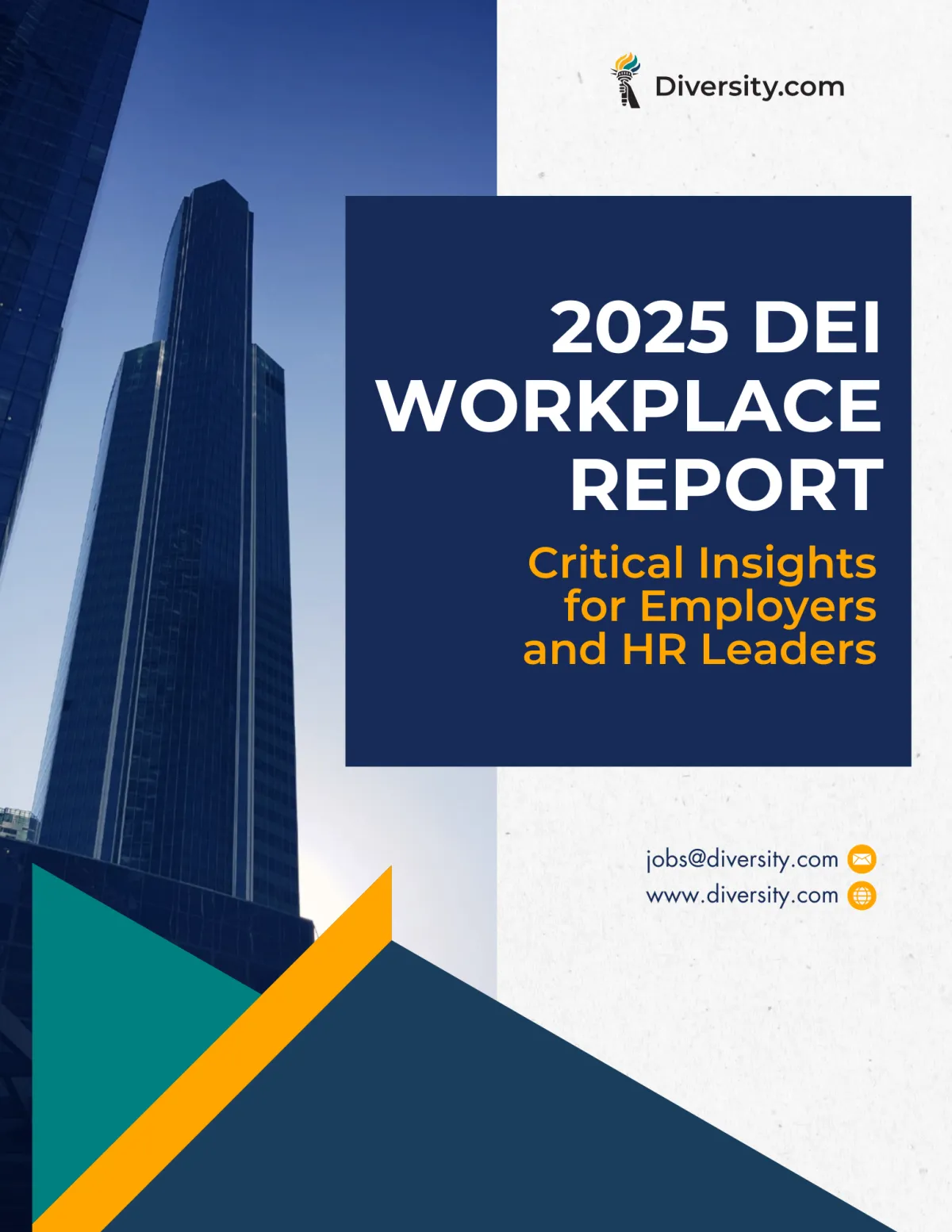
The Future of DEI Hiring in 2025: What Employers & Job Seekers Need to Know
As we enter 2025, the landscape of Diversity, Equity, and Inclusion (DEI) hiring is shifting due to evolving workplace policies, changing political climates, and the increasing expectations of job seekers.
While some organizations remain committed to DEI, others are reassessing their strategies amidst legal challenges and economic factors.
For both employers and job seekers, understanding these shifts is essential for navigating the evolving job market.
This article explores what lies ahead for DEI hiring in 2025, how policies and trends will shape recruitment, and what businesses and professionals can do to stay ahead.
1. The Political and Legal Landscape of DEI in 2025
The recent political climate, especially after the 2024 U.S. presidential election, has reshaped DEI priorities across industries.
While some states have strengthened diversity initiatives, others have enacted legislation limiting corporate DEI programs.
Key Trends:
✅ Anti-DEI Legislation: Some states have restricted corporate DEI initiatives, requiring companies to rethink hiring strategies.
✅ Affirmative Action Adjustments: The Supreme Court’s stance on affirmative action continues to impact hiring in academia and corporate sectors.
✅ Corporate Commitments: Despite legal challenges, major companies like Google, Microsoft, and JPMorgan continue to invest in DEI programs.
🔎 What This Means: Job seekers should carefully evaluate company commitments to DEI when applying, while employers must ensure compliance with evolving laws while still fostering inclusive hiring.
2. How Employers Can Adapt to the Changing DEI Landscape
For companies looking to maintain inclusive hiring practices while navigating legal and political shifts, flexibility and transparency will be key.
Best Practices for Employers:
📌 Refocus on Skills-Based Hiring – Reduce bias by emphasizing skills over traditional credentials in recruitment.
📌 Audit Hiring Processes – Regularly review job descriptions, interview techniques, and promotion pathways to eliminate unintentional bias.
📌 Expand Talent Pipelines – Partner with HBCUs, Hispanic-serving institutions, and disability-focused organizations to build a diverse candidate pool.
📌 Enhance DEI Data & Metrics – Track hiring, retention, and promotion rates to measure DEI success without violating new compliance laws.
🔎 What This Means: Businesses that stay proactive and transparent about inclusive hiring strategies will be more successful in attracting top talent and avoiding compliance pitfalls.
3. What Job Seekers Can Expect from DEI Hiring in 2025
For job seekers prioritizing equity and inclusion, 2025 presents both opportunities and challenges.
While some industries double down on DEI, others may shift toward neutral hiring models that do not explicitly emphasize diversity initiatives.
How to Stand Out as a Job Seeker:
📌 Look Beyond the DEI Statement – Research company actions, leadership diversity, and employee reviews on platforms like Glassdoor & LinkedIn.
📌 Showcase DEI-Aligned Skills – Highlight experience in cross-cultural collaboration, inclusive leadership, and bias mitigation.
📌 Consider DEI-Strong Industries – Fields like tech, healthcare, and finance continue to prioritize diverse hiring.
📌 Leverage DEI Job Boards – Use Diversity.com and other DEI-focused job platforms to find employers genuinely invested in inclusion.
🔎 What This Means: Candidates who prioritize research and skill alignment will have a better chance of securing roles with true DEI commitment.
4. The Business Case for DEI in 2025: Why It Still Matters
Despite legislative changes, DEI remains a key driver of business success. Companies with diverse teams consistently outperform competitors in innovation, profitability, and employee engagement.
📊 Data-Backed DEI Benefits:
✅ McKinsey’s 2024 Report found that companies in the top quartile for gender and ethnic diversity are 36% more likely to outperform competitors financially.
✅ Boston Consulting Group reports that diverse leadership teams drive 19% higher innovation revenues.
✅ SHRM Research shows that inclusive workplaces experience 30% lower turnover rates, reducing hiring costs.
🔎 What This Means: Organizations that continue to prioritize diversity and inclusion will attract better talent, drive innovation, and maintain a competitive edge.
Final Thoughts: What’s Next for DEI Hiring?
As we step into 2025, both employers and job seekers must stay informed and proactive. While political and economic factors may influence DEI strategies, the long-term benefits of diverse and inclusive workplaces remain undeniable.
Key Takeaways:
✅ For Employers: Focus on skills-based hiring, transparent DEI commitments, and compliance-ready inclusion strategies.
✅ For Job Seekers: Prioritize researching company actions, showcasing inclusive leadership skills, and leveraging DEI job boards. ✅ For Both: Recognize that inclusive workplaces drive innovation, engagement, and long-term success.
🚀 Ready to Take Action?
🔎 Explore DEI-focused job opportunities at Diversity.com
💼 Employers: Post your job listings here to attract top diverse talent today!

